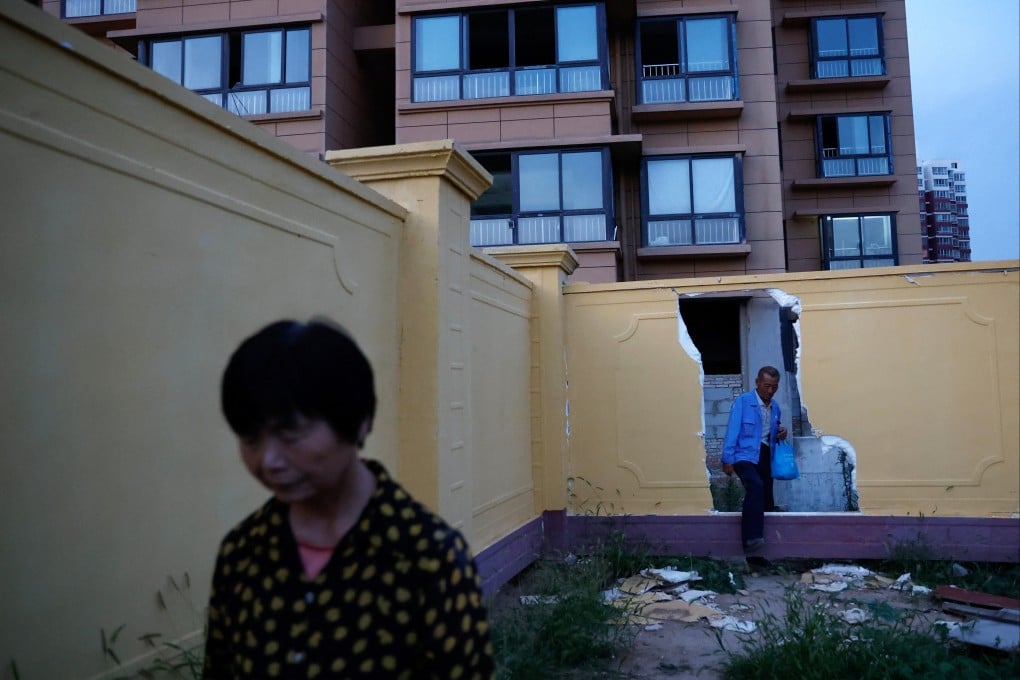Advertisement
Opinion | How China can make an omelette out of housing eggs it has broken
- It’s becoming clear that the Chinese government may have to take over many of the flats that private developers cannot complete
- Turning private homes into affordable public housing could be a way to defuse the real estate crisis and encourage families to have children
Reading Time:4 minutes
Why you can trust SCMP
2

Public housing is the wave of the future for China’s cities. The government recently issued “Document 14”, reportedly calling on cities with a large inventory of private housing to buy and convert the unsold homes into public housing.
It’s becoming clear that the Chinese government may have to take over many of the flats and houses, partially built or not built at all, that private sector actors like Evergrande and Country Garden cannot complete.
When President Xi Jinping visited Shanghai last month to talk up China’s economic future, he stopped at an affordable housing compound, implicitly giving support to the notion that the Chinese state will play a new role in housing – different from how it provided cheap credit during the real estate boom years.
Advertisement
While, from a short-term perspective, China’s real estate problems look like the result of a major misstep, the reality is that China built an immense quantity of needed housing as part of an urbanisation project that has upgraded its economic prospects.
Scholars recently estimated that 88 per cent of all housing in China had been built since 1990, and 68 per cent since 2000. Even with those houses built, China is only 60 per cent urbanised.
Advertisement
When consultants say the next China is China, they could also be referring to the ongoing process of urbanisation: most developed countries are 80 per cent urbanised or more, and China’s growth can be further fuelled by adding another 100 or 200 million citizens to the urban workforce over the next decade. But how?
Advertisement
Select Voice
Choose your listening speed
Get through articles 2x faster
1.25x
250 WPM
Slow
Average
Fast
1.25x
.JPG?itok=rfXzzRLd&v=1701228334)